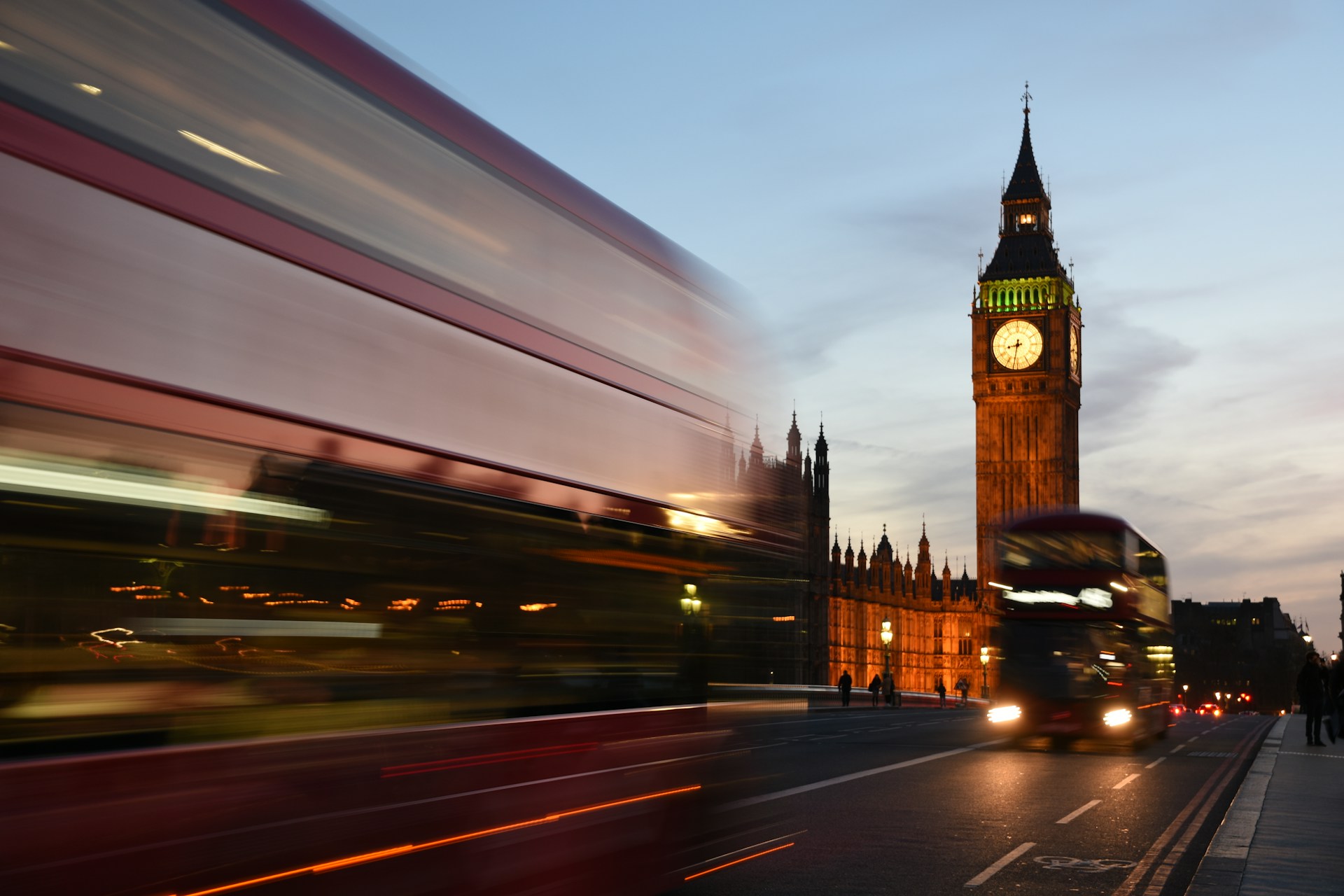The most common form of physical proof is the biometric residence permit (BRP). The government has requested that all BRP holders and those holding similar non-digital proof of status, such as passport vignettes and stamps, register an eVisa account sooner rather than later.
Since the end of last month, new BRPs are no longer being issued by UK Visas and Immigration (UKVI), with grants and extension of UK immigration status now being made in digital form only. Since 2020, BRPs have only been issued with a maximum end date of 31 December 2024, even where the underlying immigration status is valid beyond that date.
Those who fail to register an eVisa will not lose their immigration status, but run the risk of facing difficulty in proving it when needed, for example to employers, landlords and for international travel. According to the government digitalisation will reduce the risk of fraud, prevent the loss and abuse of physical documents and provide a secure way to share immigration status.
Once this transition is completed at the end of this year, only British and Irish citizens should be using physical proof of their UK immigration status. Everyone else will have a fully digital status (with a few minor exceptions such as holders of diplomatic and other forms of exemption from immigration control.)
Nationals of the European Economic Area and Switzerland are ahead of this curve if they made an application through the EU Settlement Scheme or the post-2020 business immigration system, in which case their UK immigration status has been digital from the outset.
Who should update to an eVisa?
As mentioned above, European nationals should already have a UKVI account, while British and Irish citizens are outside of the new eVisa system. This change is about non-European nationals living in the UK who currently holds a BRP (or earlier non-digital evidence of status such as a stamp). Everyone in this cohort is being warned to transition to the new digital system as soon as possible.
How should HR teams prepare for the eVisa transition?
Employers are required to keep a record of the expiry date of any time-limited immigration permission and to be ready for follow-up checks where needed. If the right to work check was carried out using the UKVI online service (via a share code – available since January 2019), the check should already show the employee’s correct permission end date.
Until April 2022 however, a right to work check could be conducted by a manual check of a BRP. In this case, the employer’s statutory excuse (an employer’s defence against civil penalties if they are found to be employing an illegal worker) may run out on 31 December 2024 and an updated right to work check should be carried out by this date. NB: the civil penalty for illegal working is now up to £60,000 per employee.
Any employees still holding physical documents for proof of their immigration status would be wise to apply for an eVisa sooner rather than later, especially if they plan to travel outside the UK. Those who fail to apply may also in future face difficulty in proving their right to work, rent, hold a driving licence, open a bank account or access government services.
Employers should always keep on top of the latest right to work guidance and look out for an expected update that will reflect the digital transformation towards the end of this year. If you have any doubts, it never hurts to do an audit of right to work practice and sponsor compliance with an immigration specialist.
Applying for an eVisa
Applying should generally be a simple procedure for an estimated four million BRP holders. They should create a UKVI account to access the new eVisa on the www.gov.uk/eVisa website using their BRP number or the Unique Application Number (UAN) from their last visa application, as well as a valid passport or identity document. They should then use the “UK Immigration: ID Check” app on a tablet, smartphone or laptop to confirm their identity before filling out a short application form to link the UKVI account to an eVisa. This process is free.
An email confirming their new eVisa should arrive a few days later. Before travelling outside the UK, they should check that they are able to generate a share code to confirm their UK immigration status by using the ‘View and Prove’ service.
For visa nationals, (those nationals who need a pre-travel visa application to come to the UK) eVisas can already be used to enter the country. To support the rollout of eVisas, the Home Office updated its carrier guidance on 30 September to reflect that, where a passenger holds a digital eVisa, receipt of a ‘0A – Valid Permission to Travel Found’ response message from the Home Office is valid proof of permission to travel to the UK.
The requirement to register an eVisa account applies not only to all current BRP holders, but also holders of historic forms of immigration status. BRP cards were only introduced in 2008. Before that, ILR (indefinite leave to remain) was issued as a passport stamp or vignette, paper immigration document, or letter. There are an estimated 200,000 holders of legacy documents. They, or anyone whose details cannot be found on the UK Home Office system will need to make a free ‘no time limit’ (NTL) application. As part of the NTL application form they will be applying for their digital status too. This can be a lengthy process, so applying sooner rather than later is strongly advisable.
Other digital changes
All nationalities who currently enter the UK without the need for a visa for a business or leisure visit, as a Creative Worker (for up to three months) or to transit the UK will soon need prior permission in the form of an Electronic Travel Authorisation (ETA).
Last autumn the first ETA applications opened to Qatari nationals travelling to the UK. The new digital authorisation was then extended to nationals of other Gulf states. For travel to the UK on or after 8 January 2025, nationals of all countries (other than European nationals) will need an ETA to be granted pre-travel. The online application process will open on 27 November 2024. European nationals will need an ETA to be granted for travel to the UK on or after 2 April 2025, and applications will open on 5 March 2025.
Permanent residents, British and Irish citizens, British overseas territories citizen, and those with existing entry clearance or permission to enter or stay (such as Skilled Worker visa holders for instance) do not require an ETA. Those who are exempt from immigration control (e.g. diplomats or armed forces) and third country non-visa nationals who lawfully reside in Ireland, are also not required to apply. Applications are made through the UK ETA app or an online form.
vanessaganguin.com







